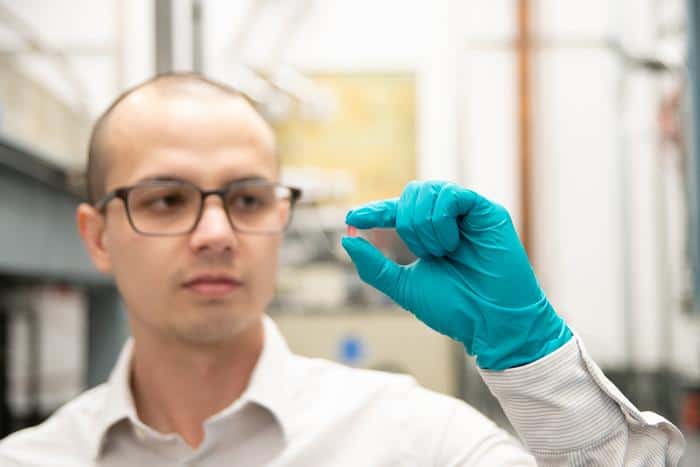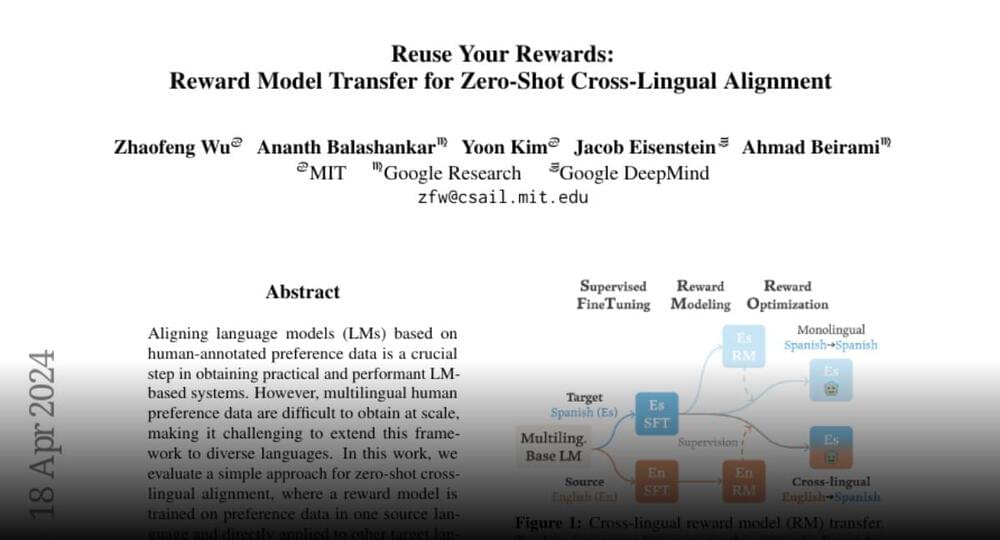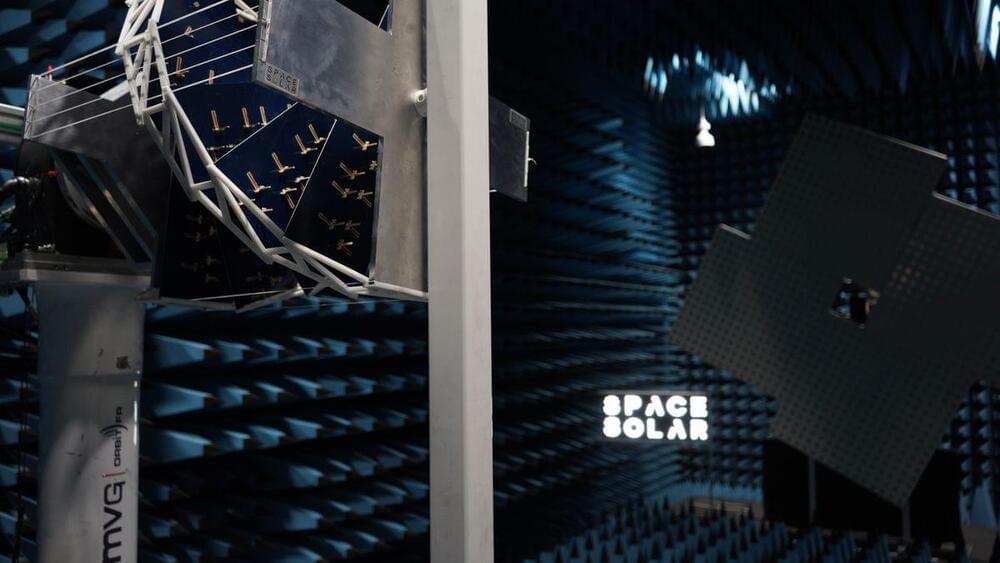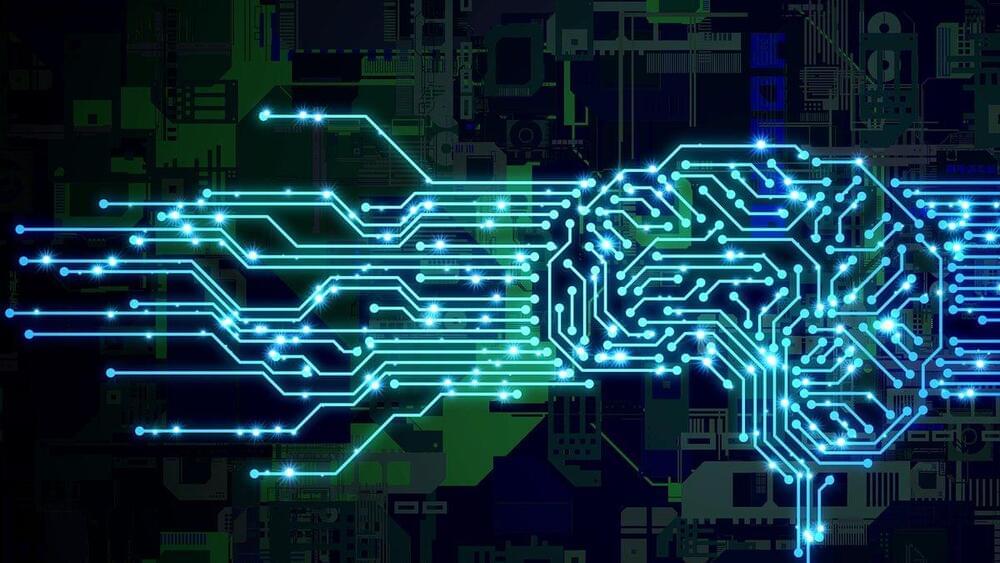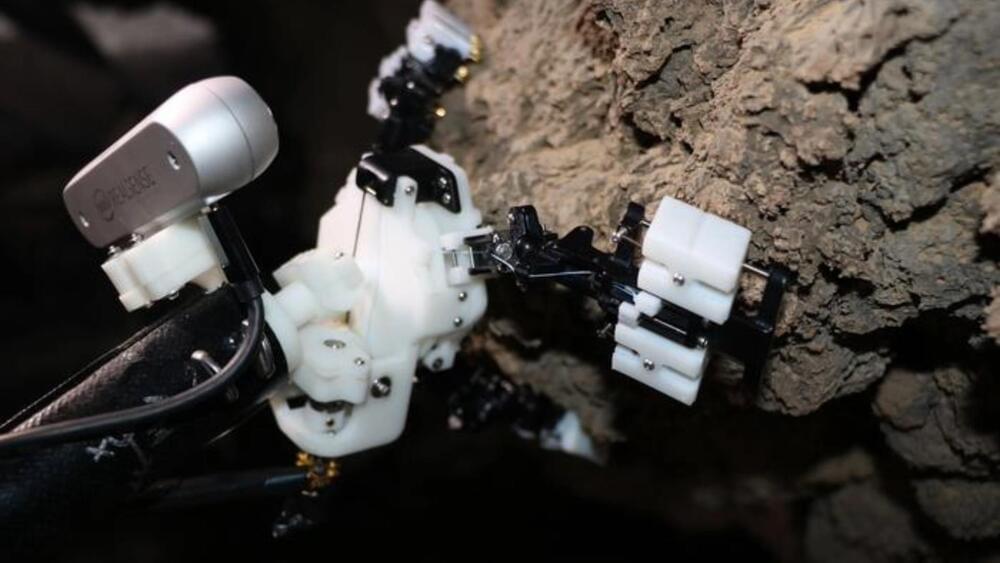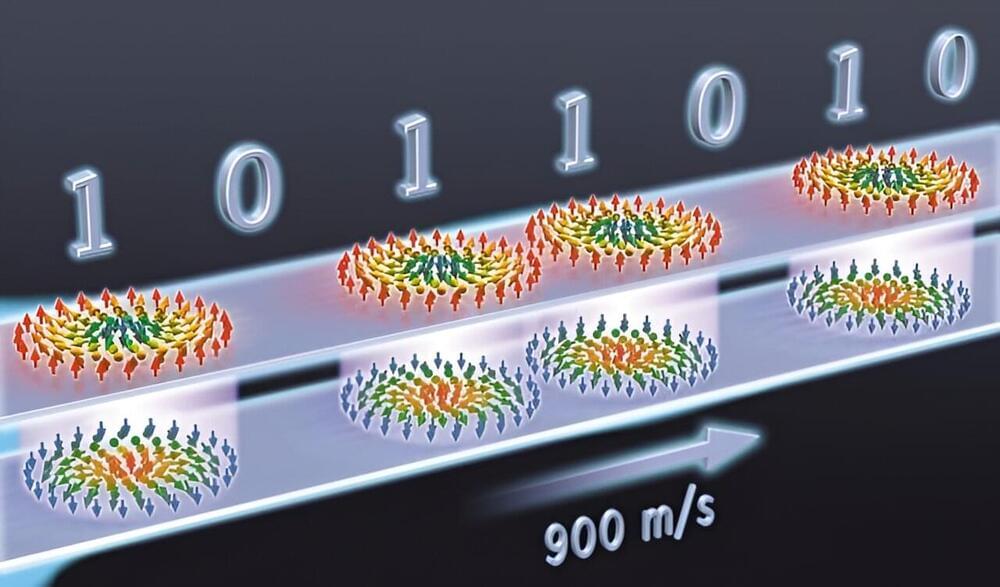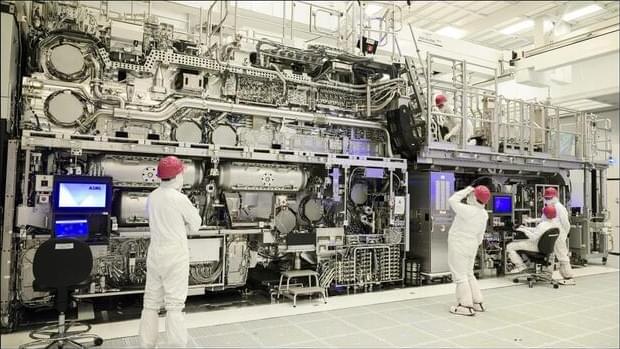Since this news was published, users have taken to social media to share images and videos of the flooding and placed the blame on the seeding exercises.
While it is easy to correlate the two incidents and blame the flooding on the seeding exercises, a deeper look at the reality tells a different story.
Cloud seeding isn’t new to Dubai. The Bloomberg report states that the technique has been used since 2002 and has never shown such disastrous outcomes in the previous two decades. One can be certain that the seeding experiments have not gone wrong on this occasion since Dubai conducts about 300 such operations every year. The NCM also clarified that it did not do any cloud seeding on the day the storm struck.

